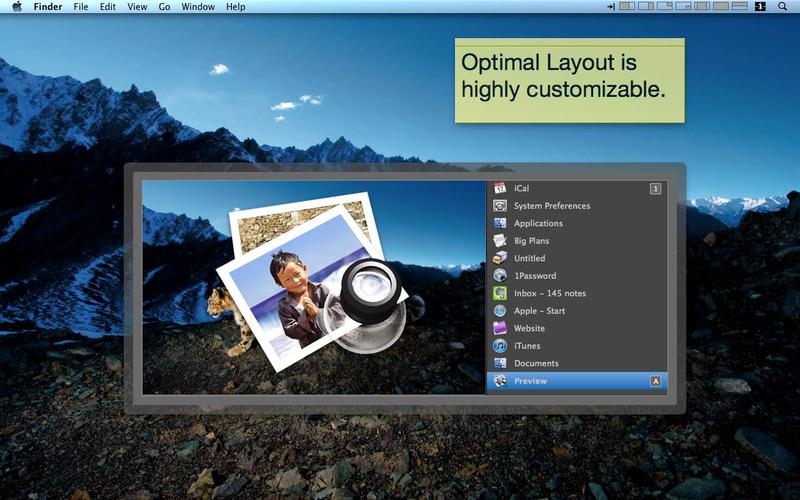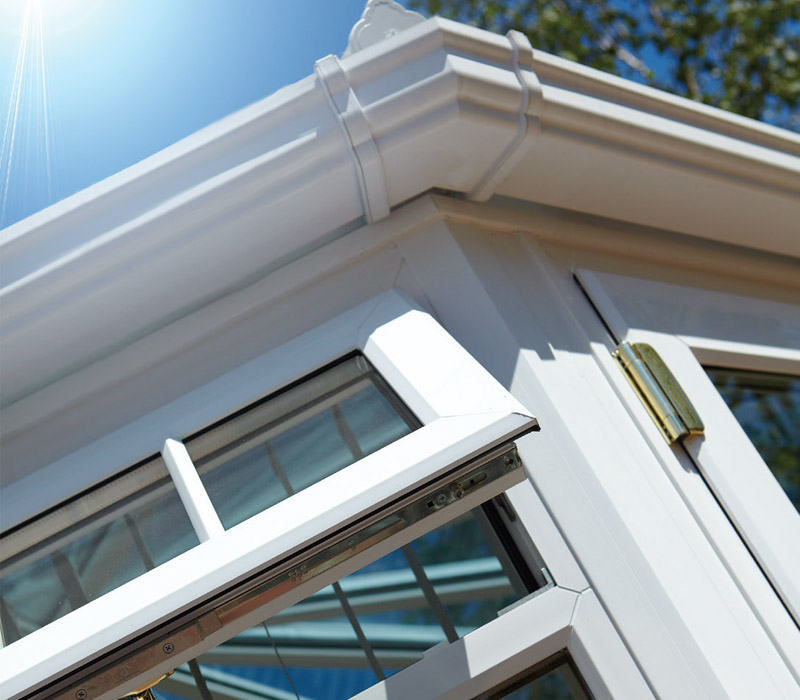

The installer grabbed the space it needed for the upgrade (allowing a roll-back to the previous build) by shrinking C: and allocating that space to itself.
#Optimal layout windowx upgrade#
Placed properly the Recovery partition can grow itself as needed during the upgrade process.Īs you can see, instead of creating an additional partition, the recovery partition grew 58 MB.
#Optimal layout windowx Pc#
Here the same disk shown in the previous screenshot after uprading that PC to the latest Windows Insider build:

In sharp contrast, if the recovery partition is placed directly following the C: partition it shrinks C: when it needs more space for itself. All other Windows partition types can only expand “forward.” That is, they can grab free unallocated space after them (shows up to the right in Disk Management and other partitioning programs such as MiniTool Partition Wizard). Unlike all other types, a Recovery partition can expand “backwards.” That is, it can take additional space from the preceding partition. The Windows Recovery partition on a GPT disk has a trait unique among all Windows partition types. What Makes the Recovery Partition Special? It adds less than a minute to total installation time yet provides this eminently preferable disk layout:Ī sequence of DISKPART and other commands puts things in the proper order, with Recovery at the tail end of the boot/system disk. That script places the recovery partition where it belongs, immediately following the C: partition. Instead, we partitioning those disk ourselves using a DISKPART script. This why we never let Windows setup partition our GPT disks. It’s mostly an OCD kind of issue. But as old-school geeks, we prefer doing things right from the get-go. Even so, this doesn’t ffect Windows functionality. When you later add another Windows installation for dual boot you might end up with yet another recovery partition. This new recovery partition steals the necessary space from the Windows partition, reducing the OS partition to create the room it needs. That’s why a second recovery partition gets created after the Windows partition. But when the default recovery partition needs more space it can’t take space from the EFI partition. With each major upgrade from Vista to Windows 10, the recovery partition has increased in size. This default disk layout poses a problem any time you upgrade the machine. Upgrades Pose Problems for the Default Layout Even MS says it should take up last position at its tail.


 0 kommentar(er)
0 kommentar(er)
